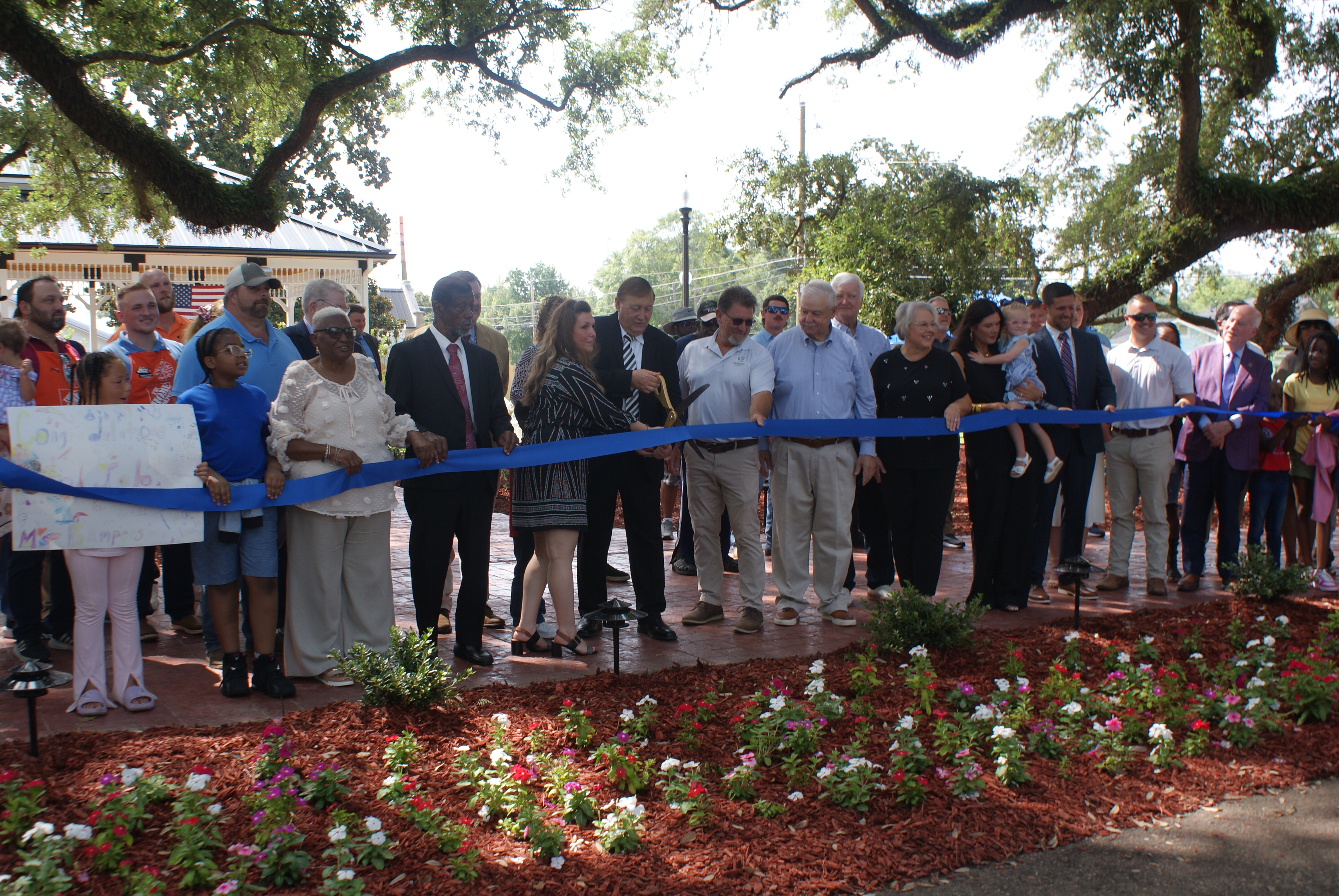How do we keep them here?
Published 7:00 am Tuesday, March 18, 2014
By Scott Alsobrooks
Guest Columnist
The Mississippi Department of Employment Security (MDES) publishes some very interesting research data and statistics. One such stat that leads to more questioning is a data map produced titled “In Commuters by County” (http://mdes.ms.gov/media/26507/commuterin.pdf). This map indicates how many people drive into a county to work each day.
Based on 2012 census data, Pearl River County had almost an equal number of people living and working in the county as people that live outside the county and drive in to work in the county. There were 10,889 people living and working in Pearl River County during the year. There were 10,252 that worked in Pearl River County but maintained a residence elsewhere. Just for comparison, another data map (http://mdes.ms.gov/media/8603/commuterout.pdf) produced by MDES indicates that only 3,362 residents live in Pearl River County and commute out.
I must admit, this data is contrary to my perception of reality. Generally, some view Pearl River County as an out-commuter county due to the proximity to the Mississippi Gulf Coast, Louisiana’s Northshore and of course New Orleans on the southern end of the county and the proximity to Hattiesburg to the North. However, more people commute in to the county than out!
A question for those of us interested in seeing Pearl River County grow and prosper would be “How do we keep them here?” What planning would be necessary to try and lure these commuters in to choosing this county as a place to call home?
Luckily for us, the National Association of Regional Councils (NARC) put together a research project to help local planners and elected officials to make their communities’ livable. Here are the six principles for creating livable communities taken verbatim from NARC’s Guidebook.
1. Develop safe, reliable, and economical transportation choices to decrease household transportation costs, reduce our nation’s dependence on foreign oil, improve air quality, reduce greenhouse gas emissions, and promote public health
2. Expand location-and energy-efficient housing choices for people of all ages, incomes, races, and ethnicities to increase mobility and lower the combined cost of housing and transportation
3. Improve economic competitiveness through reliable and timely access to employment centers, educational opportunities, services, and other basic needs by workers, as well as expanded business access to markets.
4. Target federal funding toward existing communities—through strategies like transit oriented, mixed-use development, and land recycling—to increase community revitalization and the efficiency of public works investments and safeguard rural landscapes.
5. Align federal policies and funding to remove barriers to collaboration, leverage funding, and increase.
6. The accountability and effectiveness of all levels of government to plan for future growth, including making smart energy choices, such as locally generated renewable energy
7. Enhance the unique characteristics of all communities by investing in healthy, safe, and walkable neighborhoods—rural, urban or suburban.
Pearl River County has the distinct advantage of having many of these principles in place, such as good police and fire protection leading to a safe environment; educational opportunities through the local school districts and Pearl River Community College; and a major investment in public works that has been ongoing since Hurricane Katrina. These assets can certainly be built upon to increase Pearl River County’s livability.





